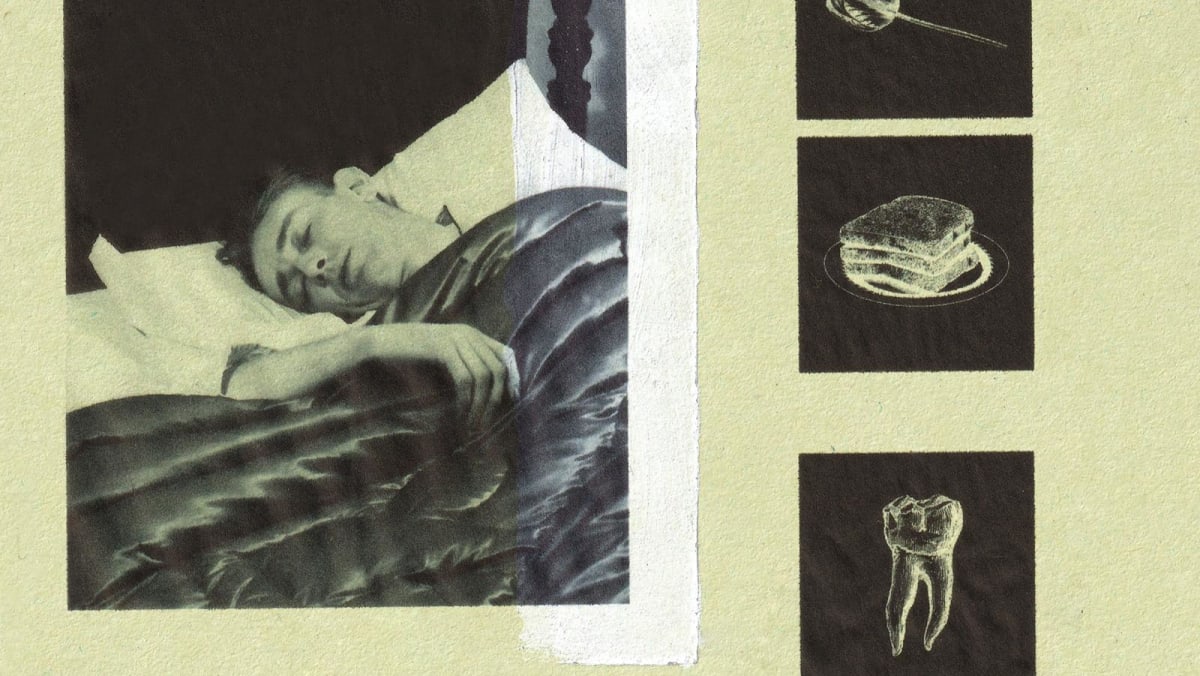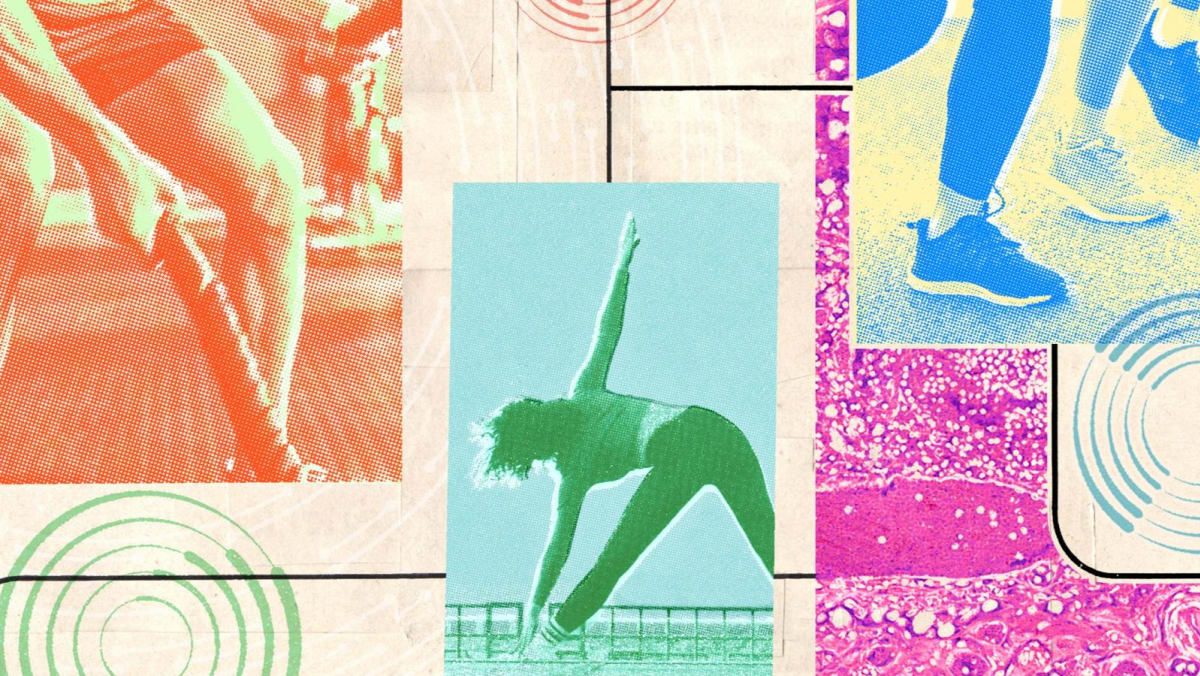If you’re among the millions who made a New Year’s resolution to lose weight, exercise or eat better, here’s one more reason to stick with it: Doing so can protect your heart.
Heart disease is the leading cause of death in the United States. And habits like smoking, poor diet and a sedentary lifestyle can lay the groundwork for disease long before symptoms appear. These habits “won’t kill you the next day,” but they may dictate how well you live in the last decades of your life, said Dr Kyla Lara-Breitinger, a cardiologist and an assistant professor of medicine at the Mayo Clinic in Rochester, Minnesota.
“If you say you’re going to be hiking in the Dolomites at your retirement, what are you doing now to prepare?” she said.
FIRST, TAKE STOCK OF WHERE YOU ARE
Doctors can use your blood pressure, cholesterol and blood sugar levels to predict your risk for heart disease and suggest possible treatments. So start by visiting your primary care physician to get your numbers checked, said Dr Sadiya Khan, a preventive cardiologist at the Feinberg School of Medicine at Northwestern University.
A visit with your primary care doctor also offers an opportunity to talk about your health goals. You can discuss what might be getting in the way of meeting them – and map out a path for change.
“It can feel overwhelming if you’re trying to do all of it at once,” DrKhan said. But you can talk to your doctor about starting with what’s easiest, or what changes would make the biggest difference.
IF YOU SMOKE, TRY TO QUIT
Smoking is responsible for about one-third of all deaths related to heart disease, according to the American Heart Association. Smoking causes inflammation, increases plaque buildup and makes it more likely that plaque will rupture and form blood clots, which can lead to a heart attack or stroke. E-cigarettes and vape pens also contain nicotine and other substances harmful to heart health.
Evidence suggests that a combination of medication and counselling is one of the most effective ways to help smokers quit. The North American Quitline Consortium can help you find resources in your state.
DON’T UNDERESTIMATE THE POWER OF STAIRS
Dr Khan’s top tip for patients, after quitting smoking, is to see how many flights of stairs they can climb without getting winded – and then start building on that.
Regular exercise strengthens the heart muscle and makes the body more efficient at pulling oxygen out of the blood. It also brings down blood pressure and glucose levels and helps reduce the excess body fat that can lead to insulin resistance and other metabolic disorders.
The American Heart Association recommends that adults get 150 minutes of moderate aerobic activity per week, but not everyone has 30 minutes each day to hop on a treadmill or do high-intensity training, Dr Lara-Breitinger said. That’s where small goals and short bursts of exercise can come in.
If you work from home, for example, try taking breaks between meetings to do lunges or run up a flight of stairs. When they’re sitting down to look at patient scans, Dr Lara-Breitinger and her staff try to stand up and do 20 reps of something – push-ups, squats or lunges – every hour if they can.
For some people, tracking steps, calories and blood glucose with digital devices can be “extremely motivating,” Dr Khan said, helping them monitor progress and feel a sense of achievement upon hitting a particular goal.
STICK TO THE GROCERY STORE’S PERIMETER
Doctors recommend adopting a plant-based diet with lots of whole grains, lean protein and fresh fruits and vegetables, which are typically found in the outer aisles of a grocery store.
The DASH diet has been shown to be particularly effective for people with high blood pressure, and decades of research support the health benefits of the Mediterranean diet. Both emphasise unsaturated fats, like those found in olive oil and nuts, rather than the saturated fats typically found in foods like red meat. And both diets can help reduce your LDL, or low-density lipoprotein cholesterol, the “bad” kind that can lead to plaque formation in the arteries.
If you eat a lot of red meat right now, start by replacing a few dinners each week with a plant-based option or lean poultry or fish, Dr Lara-Breitinger said.
Replacing ultraprocessed foods – packaged goods often found in the middle aisles of the grocery store – with less processed options may also reduce the likelihood of developing a metabolic condition like obesity or diabetes, both of which increase the risk of heart disease.
PRIORITISE REST
Getting seven to nine hours per day of quality sleep is essential for good heart health and better metabolism, Dr Lara-Breitinger said.
Sleep deprivation increases your stress hormones, promoting inflammation that can lead to plaque buildup in the arteries. It can disrupt your circadian rhythm and impair your metabolism, leading to weight gain, insulin resistance and, eventually, Type 2 diabetes, Dr Lara-Breitinger said.
Many things can disturb a good night’s sleep, but as best you can, try following a daily sleep routine, avoiding caffeine late in the day and scheduling some screen-free time to wind down before heading to bed.
STEER CLEAR OF ALCOHOL
Alcohol consumption increases overall calorie intake and can raise levels of certain fats known as triglycerides, which in high quantities have been associated with fatty buildup on artery walls. Excessive drinking can also cause high blood pressure, arrhythmias and heart failure, said Dr Jennifer Haythe, a cardiologist at NewYork-Presbyterian/Columbia University Irving Medical Center.
“Alcohol is actually a toxin to the heart,” Dr Haythe said. She encourages her patients to abstain or significantly limit alcohol intake, relegating their drinking to just one night a week, for example. She recommends that patients with heart failure stop drinking altogether.
REMEMBER: HEART DISEASE IS THE LEADING KILLER OF MEN AND WOMEN
Dr Haythe, who specialises in advanced heart failure, women’s cardiovascular disease and cardio-obstetrics, said that it is especially important for women in their 20s, 30s and 40s to pay attention to their heart health.
Women have many risk factors that men don’t, she said. Early menopause (before age 40) and breast cancer treatment can increase the chances of heart disease, as can autoimmune diseases like lupus and rheumatoid arthritis, which disproportionately affect women.
Pregnancy-related conditions also affect the heart. During pregnancy, blood volume increases and the heart has to pump harder and faster than normal. Some women may not tolerate these stresses and develop gestational diabetes, high blood pressure or even heart failure that, while temporary, point to an increased risk for heart disease later in life, Dr Haythe said.
“It’s important that women don’t put all of their medical care on the back burner” during their younger years, she said.
By Nina Agrawal © The New York Times Company
The article originally appeared in The New York Times.














